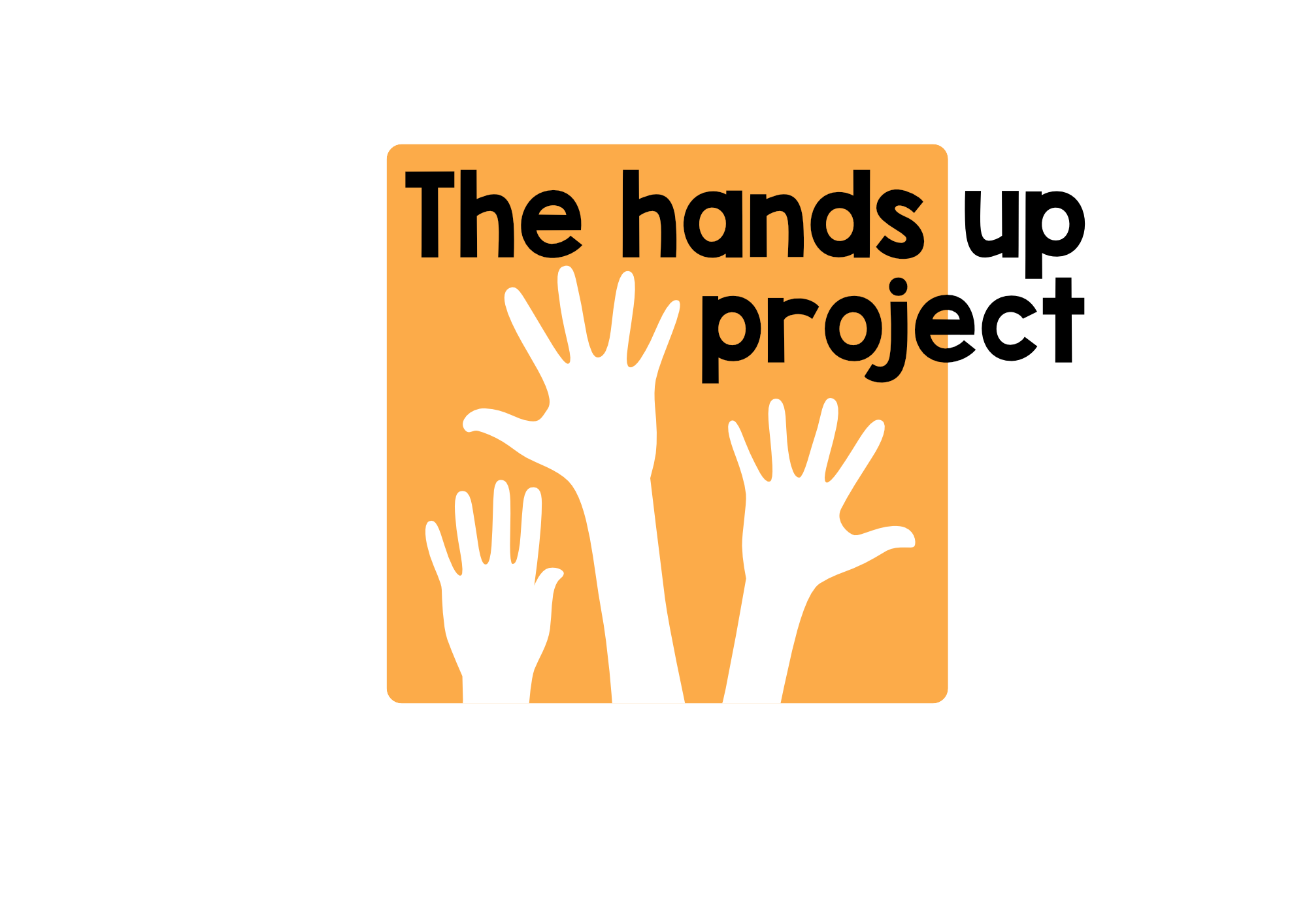With love from Brazil
There is something very beautiful that's been going on between Brazil and Palestine. It all started last summer when I was sponsored by Cambridge University Press to go to Brazil to do a series of talks all over the country. I was talking about the use of images in language learning and, since images are such an integral part in the way we work, I mentioned the Hands Up Project a lot. The talks went down well but the Hands Up Project went down even better! After every talk I did there was a long queue of teachers wanting to volunteer, or to connect their classes to children in Palestine.Now at that time of year the time difference (6 hours) makes online connections between Brazil and Palestine difficult, but one teacher, Masako Moriwaki managed to overcome this problem by making HUP an English language learning project for her own teenager students, whilst simultaneously addressing the needs of learners in Palestine. Here's how one of the students involved, João Felipe, describes what they did.
How did the project start?
Ms. Moriwaki suggested using the Hands Up Project as the last activity from our Language Course because we wanted to do something more creative and meaningful near the end of the course. It was explained to the students what was the current condition of Palestine and all the questions that the teacher couldn't answer on her own were written down in a formal letter and sent to Mr. Nick Bilbrough, creator of the project.
What class activities did we do?
As we got to a better understanding of the condition of the whole Palestine situation, some activities were made such as various discussions to brainstorm what could be done to help the project, to decide each student’s function, to reflect about the work that was done and to give feedback to each other. E-mails were written to Mr. Bilbrough and a report about Palestine as well.
What did we do?
Live chats with Mr.Bilbrough were done to plan what could be done to help the project, therefore, in order to raise funds, a Halloween party was given to the young students at our school. Then we held some video conference sessions in which we could get to know some Palestinian students. At these conferences, we discovered that there were delicious Palestinian food so we made a Palestinian themed dinner to reach an even greater deepening into the Palestinian culture and also to thank teachers and other school's employees who were so helpful at the Halloween party. Then we made a series of videos to entertain and to introduce the Palestinians to Brazil. After reaching the accomplishment of all the different activities, an exhibition was held in order to show students from other classes the reality of Palestine, the Hands Up Project and what we'd been doing.
What did we learn from the project?
We learned that ignorance gets us further from peace and that making a connection made it possible that these kids had the opportunity to experience a different reality from the one they had to live in. When it comes to the Project itself, we loved to work with such dedicated people, we loved to hear their stories and to tell ours, it is relieving to know that there are people fighting for a better life in Palestine and we are glad if we have managed to help these people to get a few tiny steps closer to achieving a decent place to live and more respect from their neighbours.
Thanks João Felipe and thanks to Masako and all her students in Brazil who were involved in this. I love the way this idea simultaneously addresses the needs of English learners in two different contexts and it's certainly something which I think could serve as a model for other learners around the world who'd like to get involved.So now over to you! Here is the Brazilian students' youtube channel with the videos that were made and are still being made for Palestinian children. My question to you as English teachers in Palestine is what would you do with them? Do you see any links with English for Palestine with any of the videos? Would you use them in class, or would you ask the children to look at them at home. What, if any, tasks would you give the learners while, before, or after they were watching? How might you follow up these activities?
